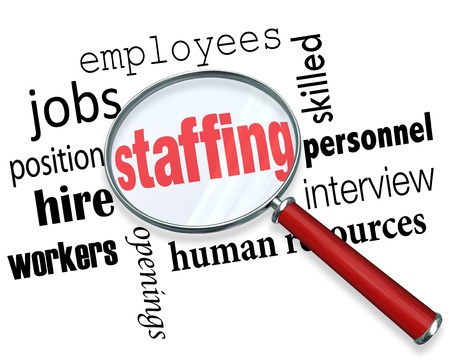A familiar quote, “Get up, dress up and show up.” is attributed to author Regina Brett. It has entered my head and helped me start more than a few days through tough times. I have heard myself remind colleagues of the sentiment. We all have tough times, and we find different ways to keep moving forward.
Toward that goal of moving forward: in line with some of the ideas I have presented in these postings and influenced by a recent conversation with a friend, I have created a personal ‘work’ version of Brett’s solid three-part direction.
1. Shape up: Before showing up anywhere, one must “shape up:” focus at least a little time on getting one’s head into the approaching day. Once your feet are on the floor and you’re looking the part – and before you greet others in your day – get your head into it all.
2. Set up: Set a goal for those encounters you may have with people during that day. Three good possibilities:
• Listen well and get to mutual understanding to address an issue.
• Clear the air: have a necessary difficult conversation focused on respect and treating each other well.
• Learn something new from someone you didn’t expect to be your teacher / because your mind was open to growth.
3. Lift up: Simply share kindness because you choose to do so. If you will speak with others via telephone or other devices, setting goals is equally as important. It will matter that you’re smiling when you pick up the phone. It will matter whether you’ve decided to listen well and to treat the other party with respect – or not. In defiance of all the known laws of gravity, lifting another’s spirits often raises our own.
I have heard it said that sometimes life simply hits one in the head. While that may be true, I think this straightforward plan could help each of us focus, learn something and even grow along our way.











